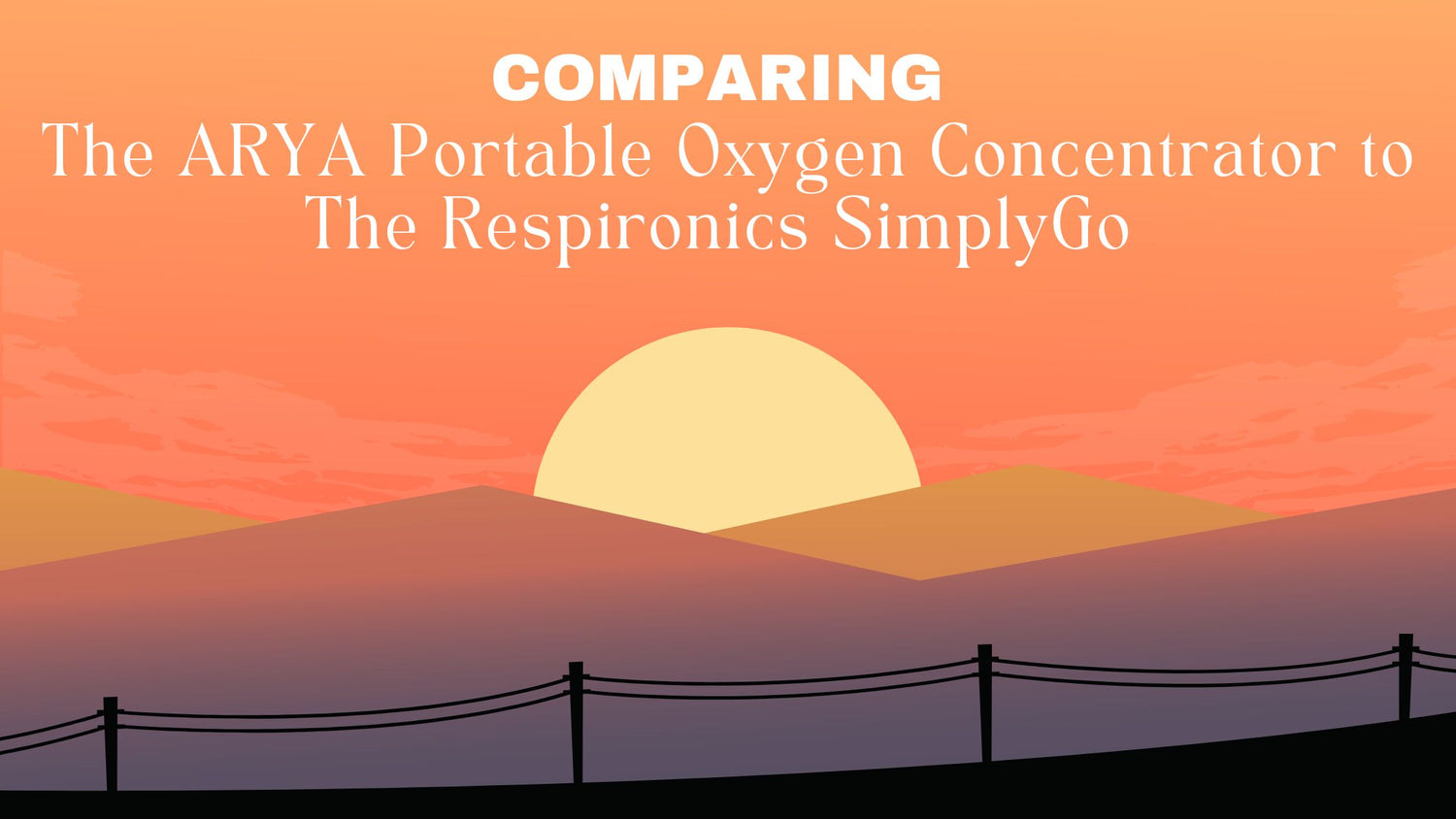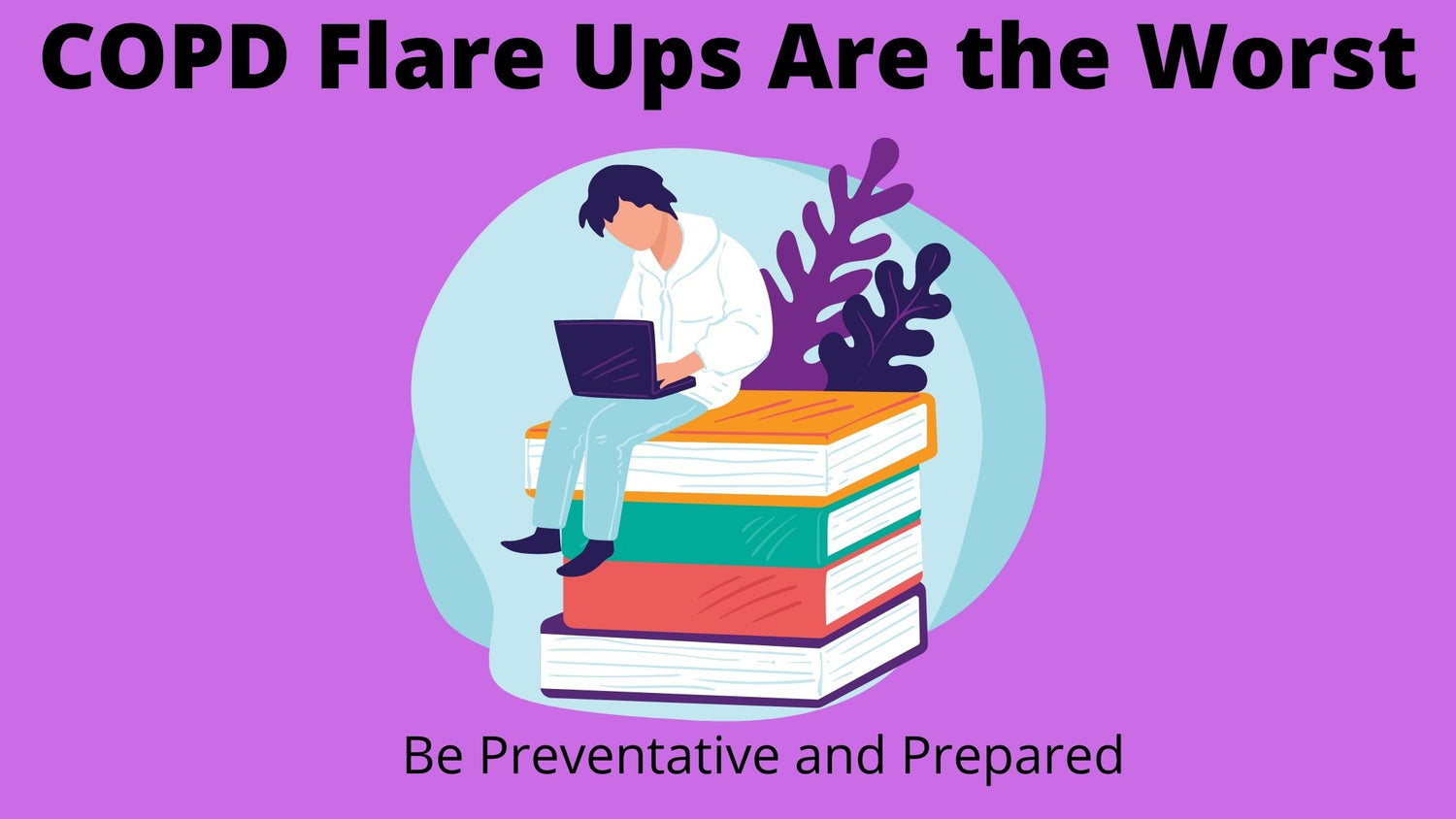Respiratory Resource Center - LPT Medical
Preparing and Protecting Yourself During Wildfire Season 2022
2022 is half-way over! As we head...
Read MoreComparing The ARYA Portable Oxygen Concentrator to The Respironics SimplyGo
Chronic obstructive pulmonary disease (COPD) is one of...
Read MoreCOPD Flare Ups Are the Worst: Be Preventative and Prepared
If you have been diagnosed with chronic obstructive...
Read More


